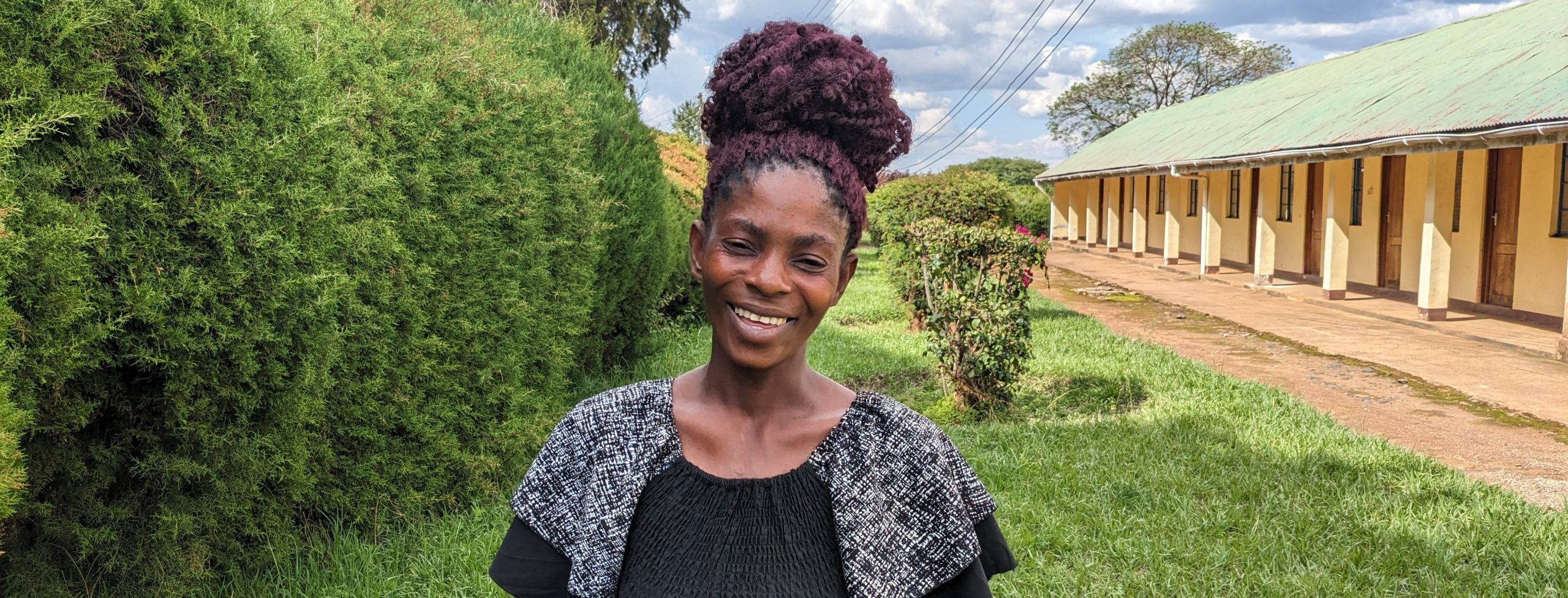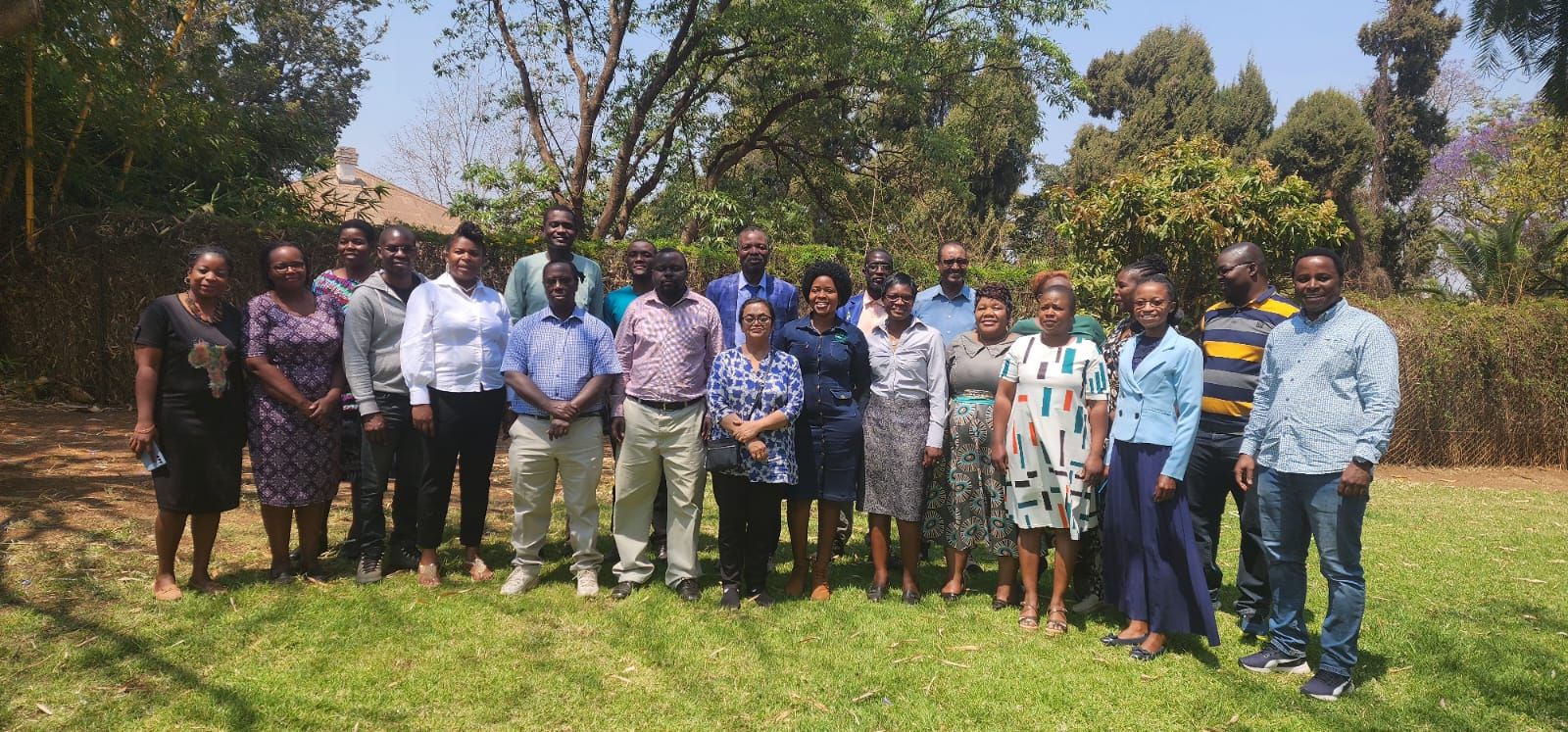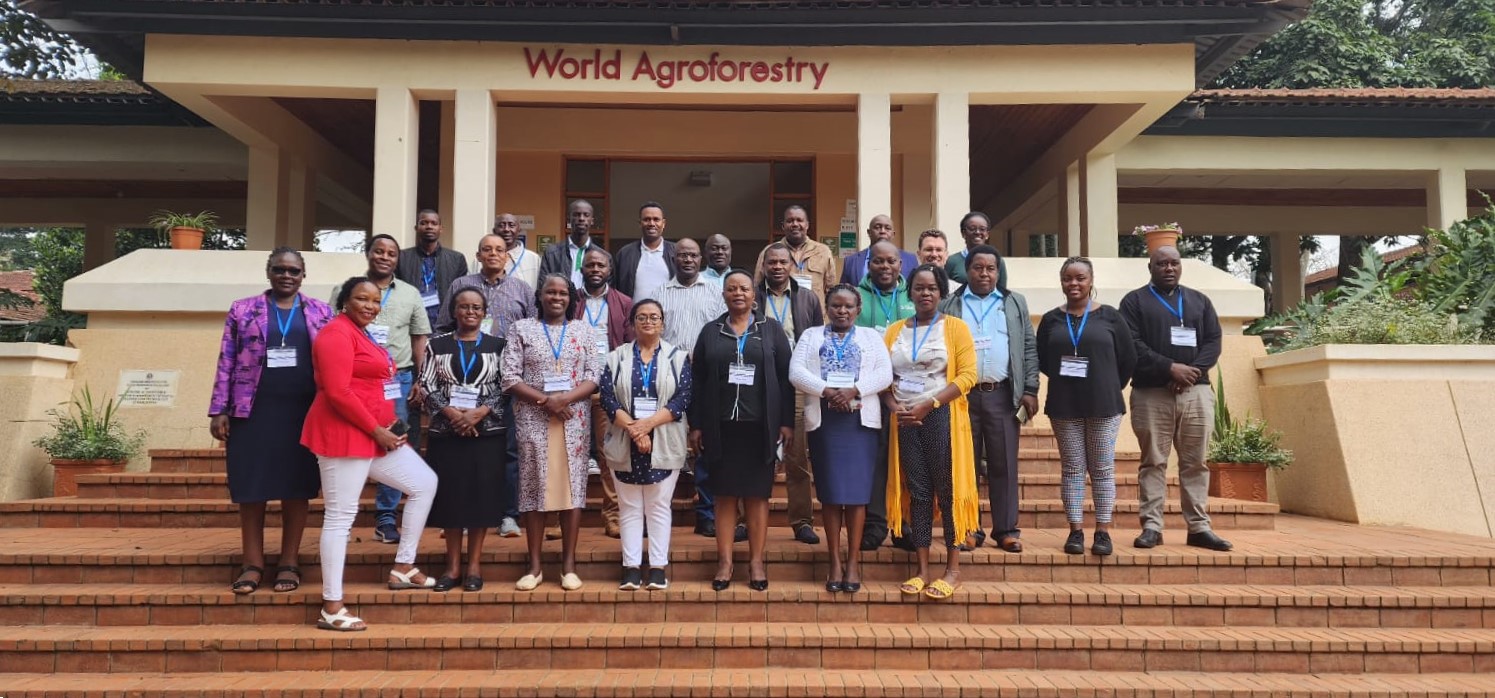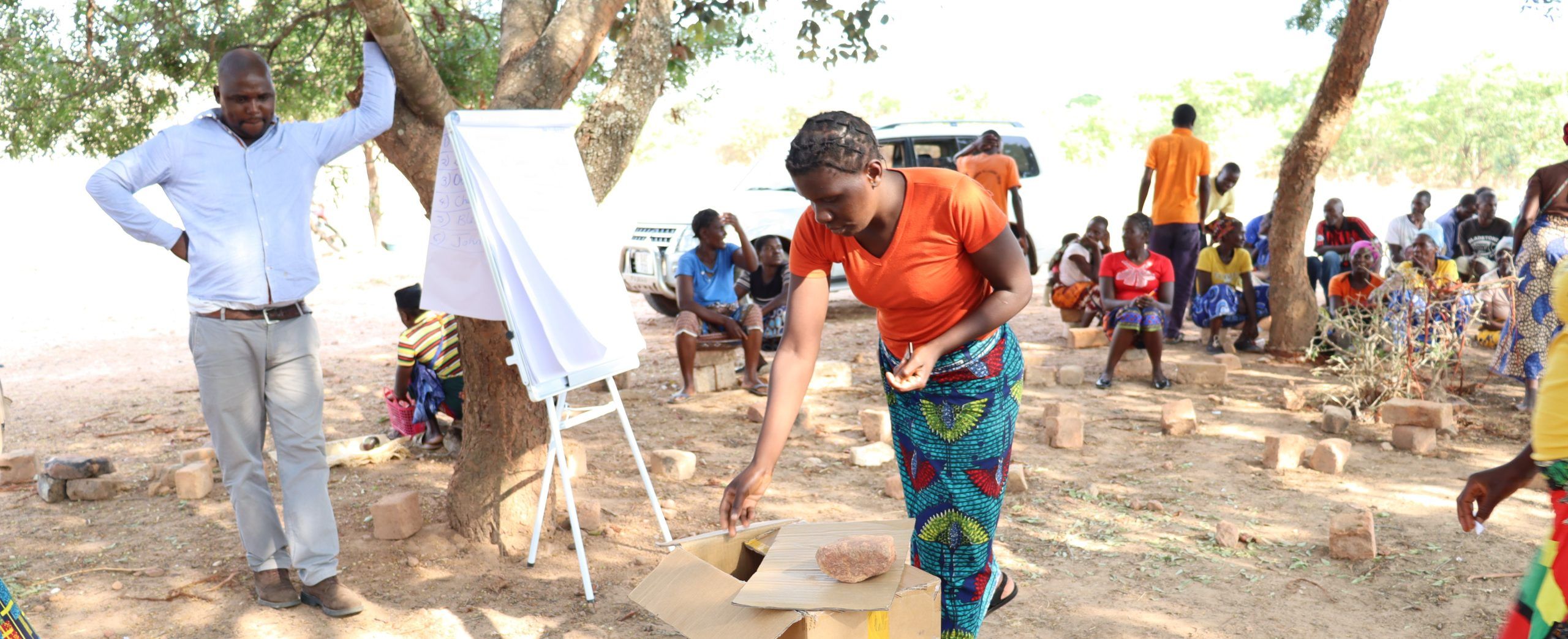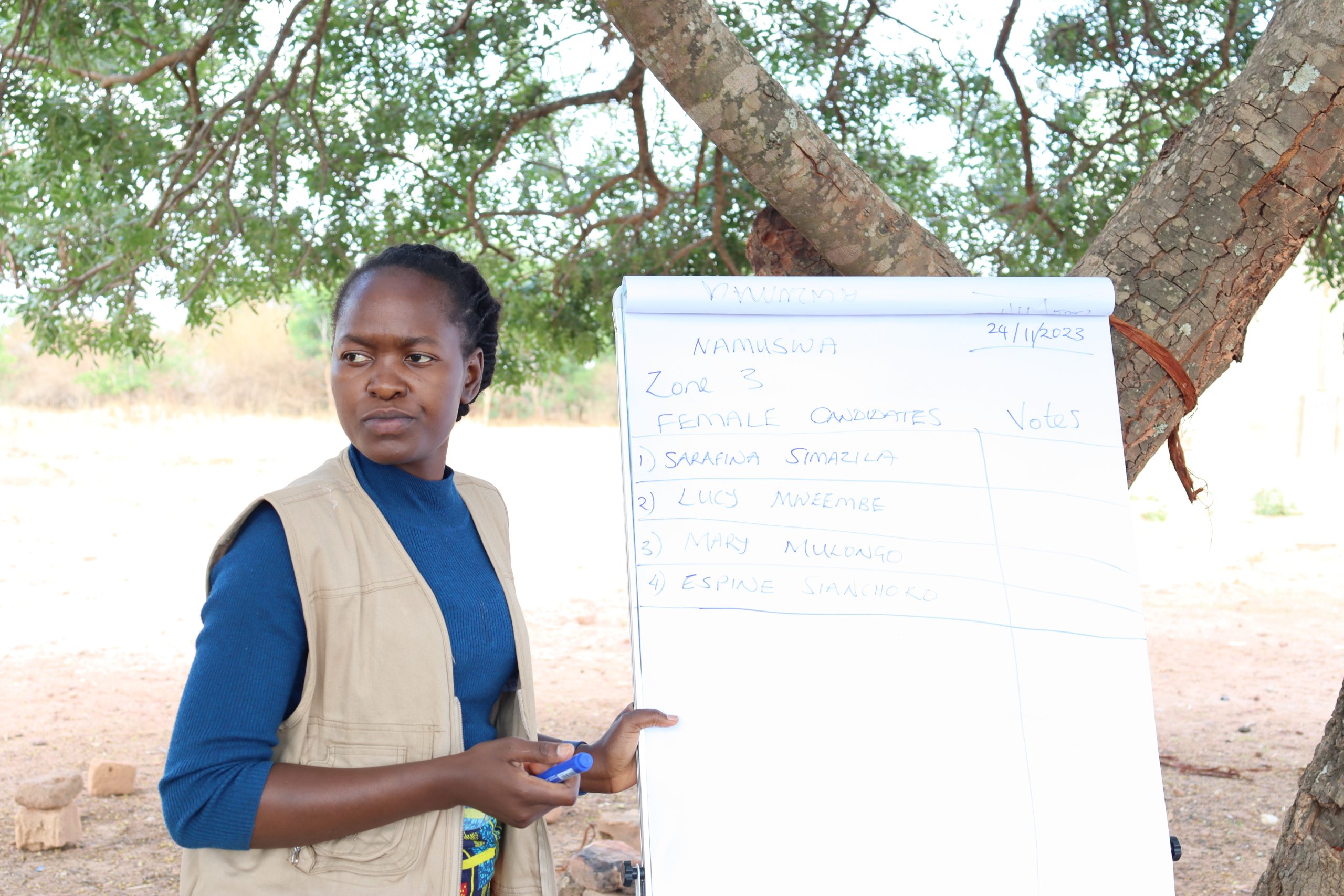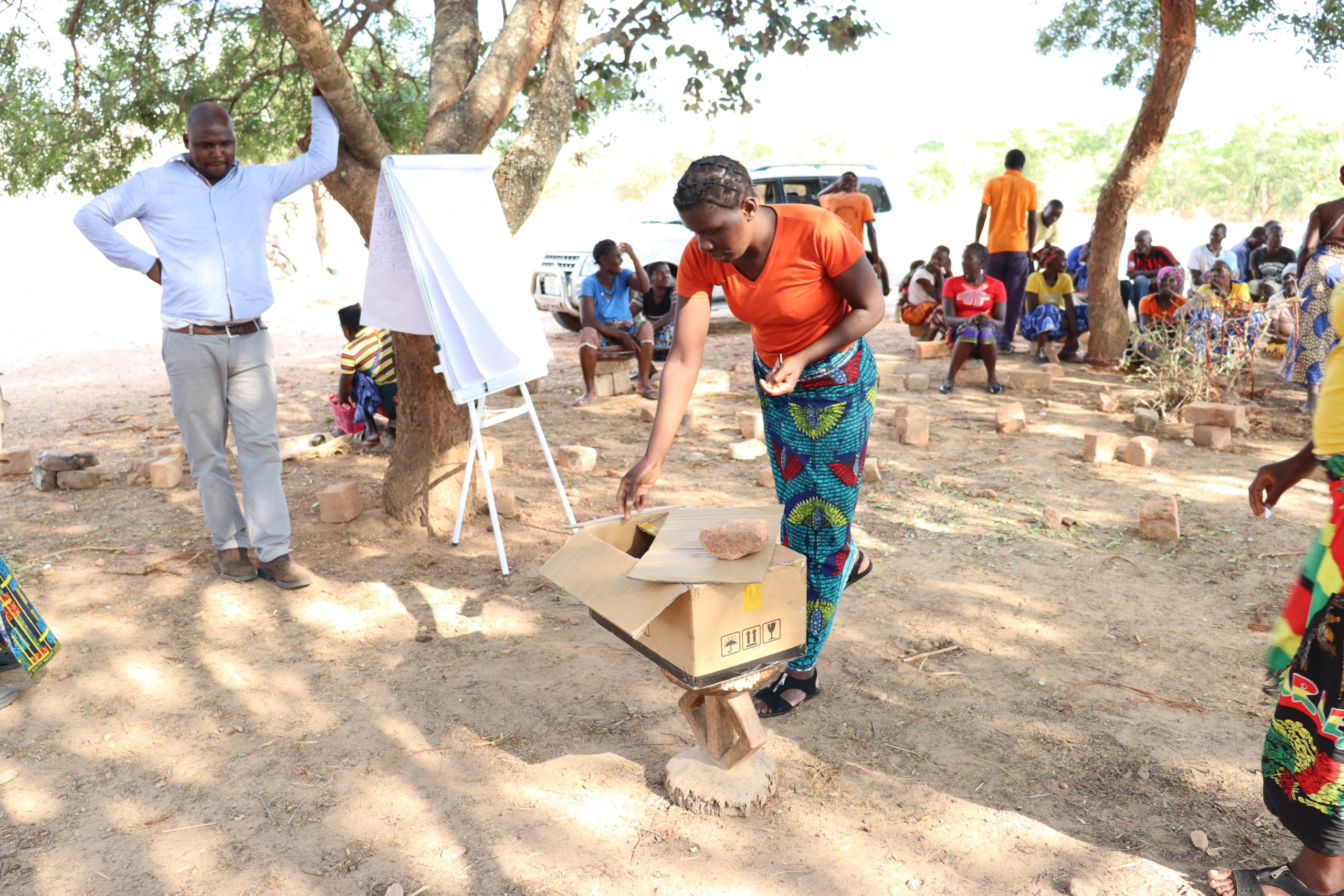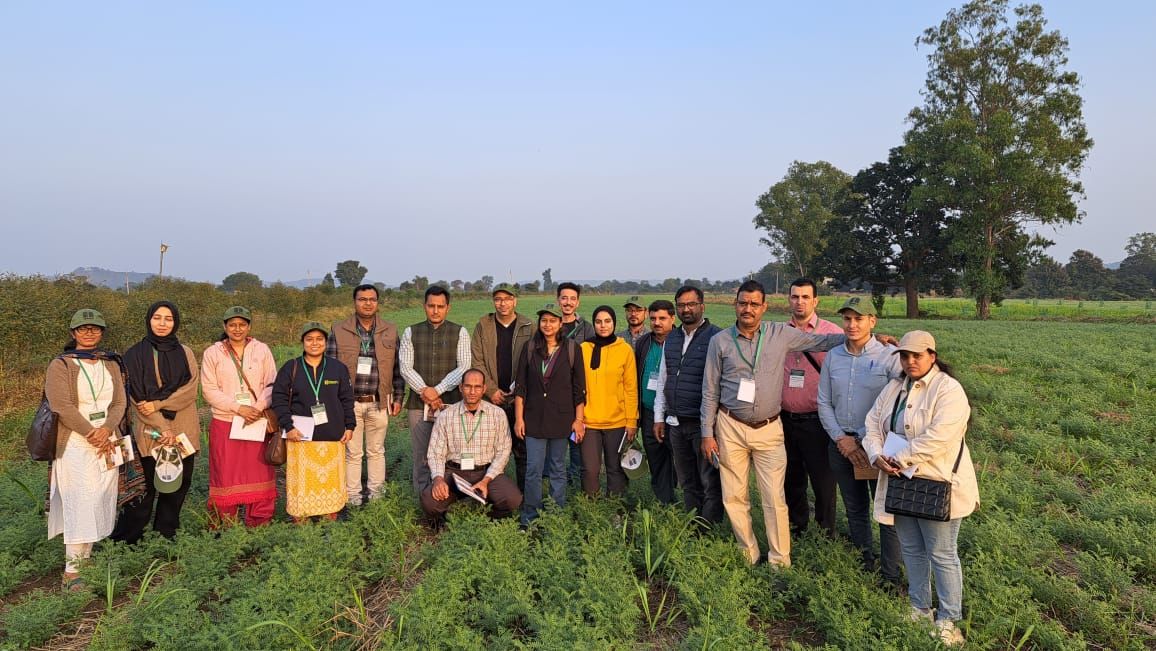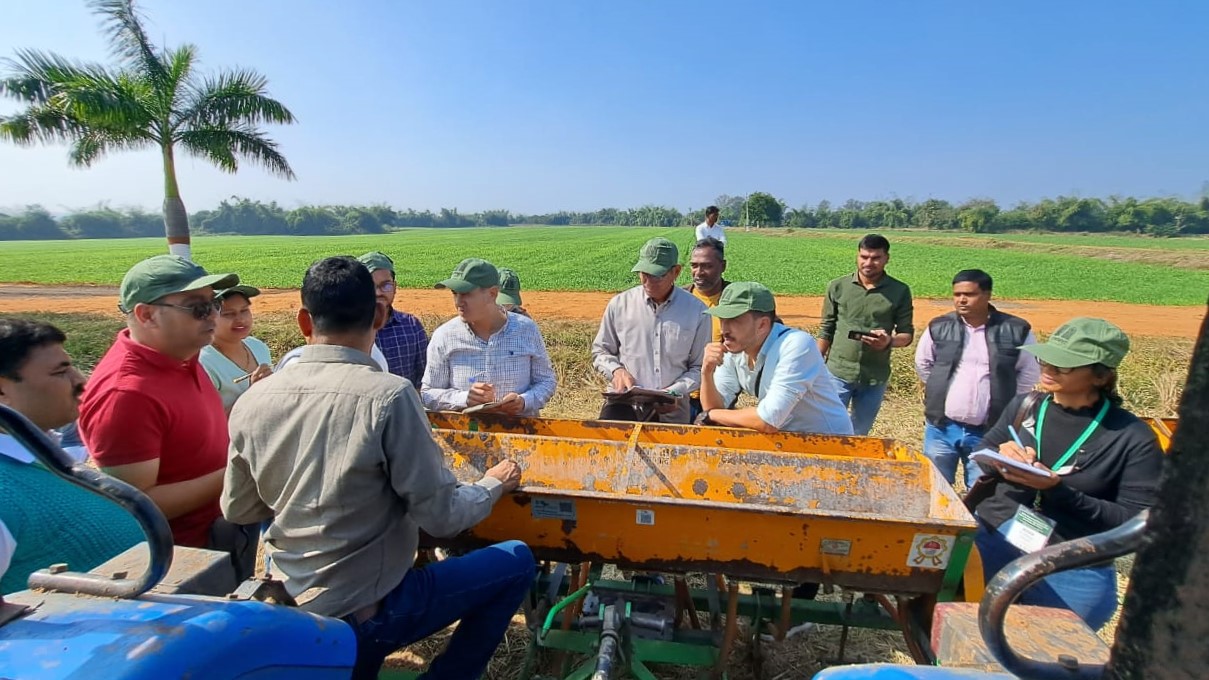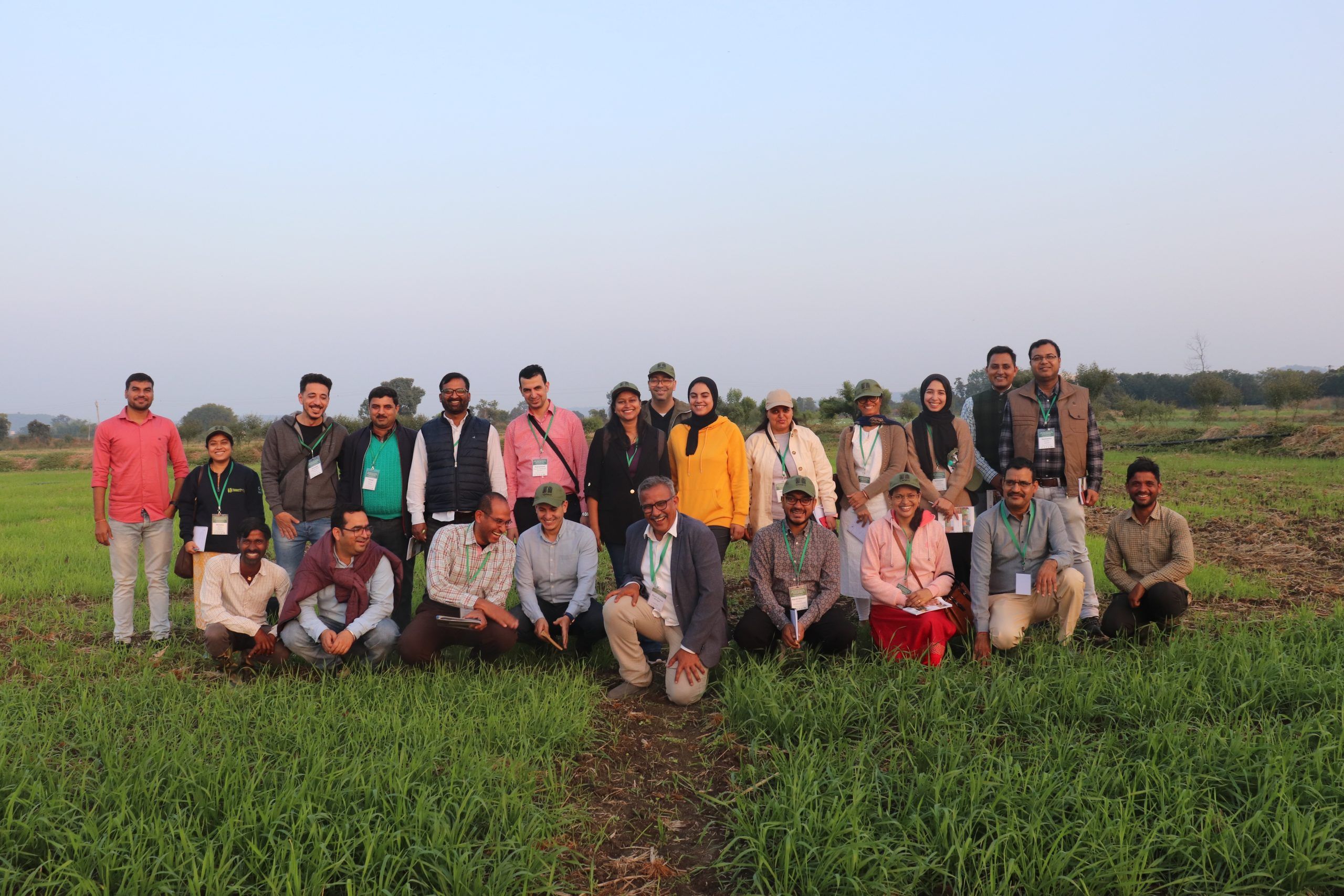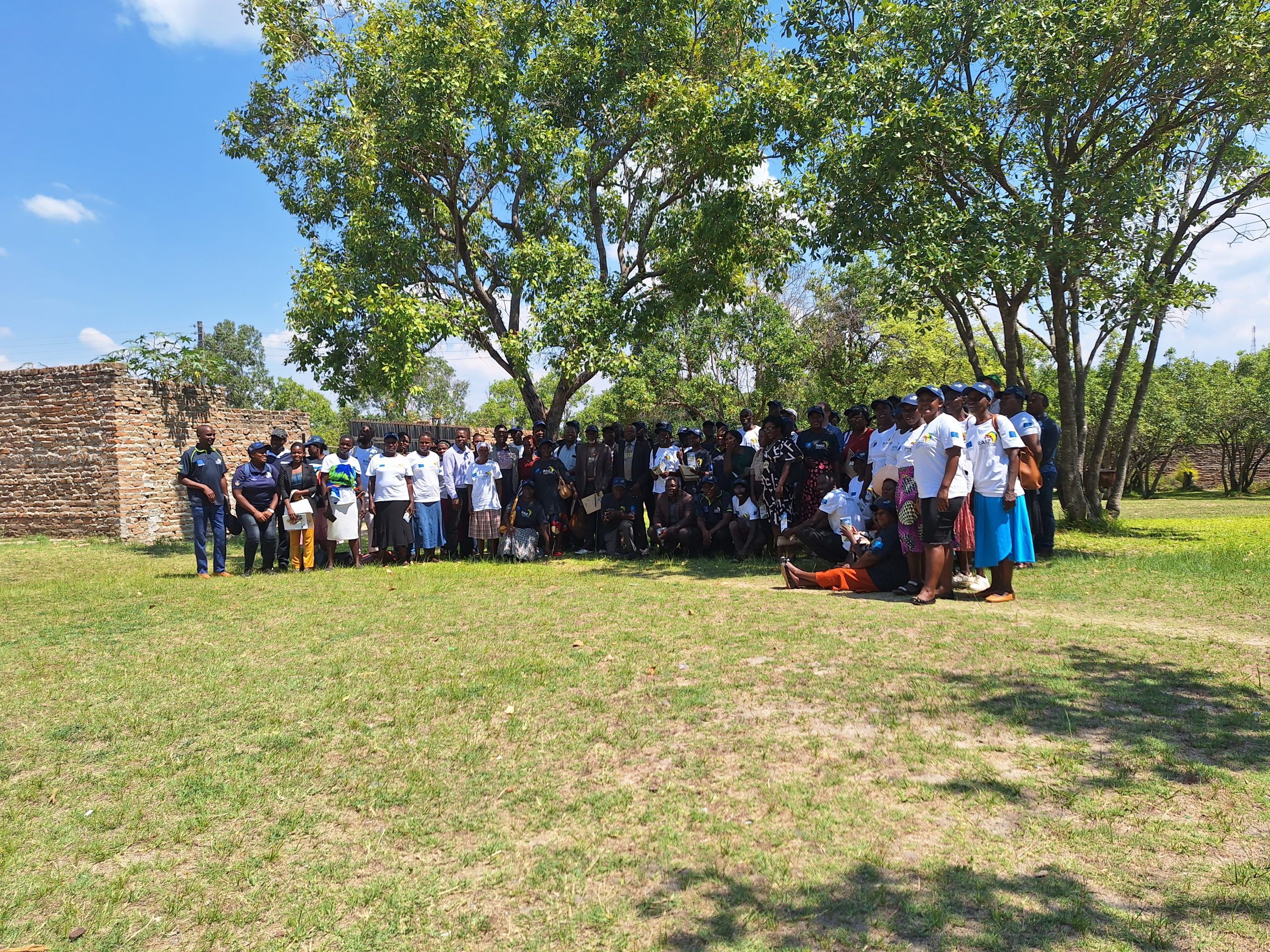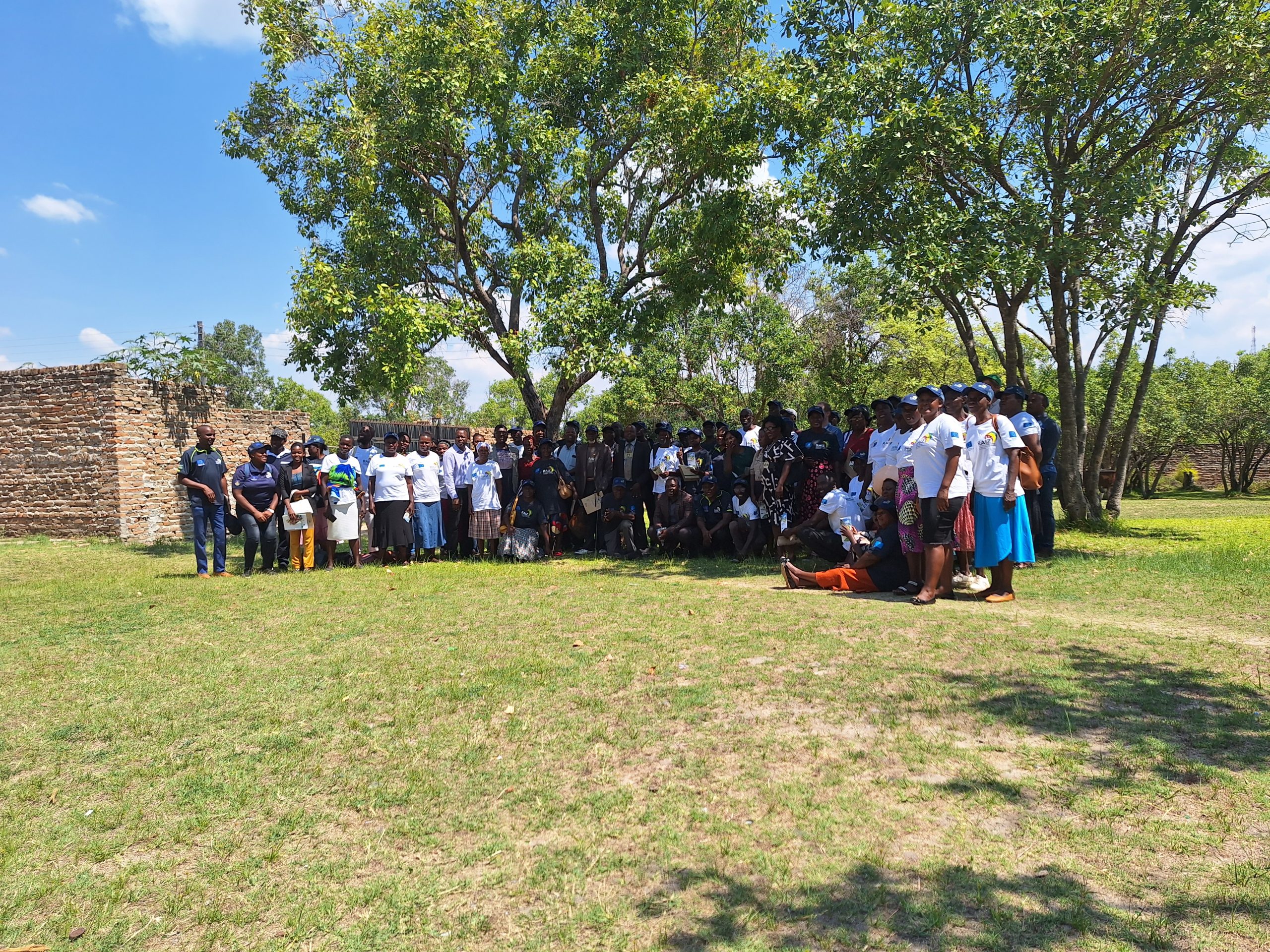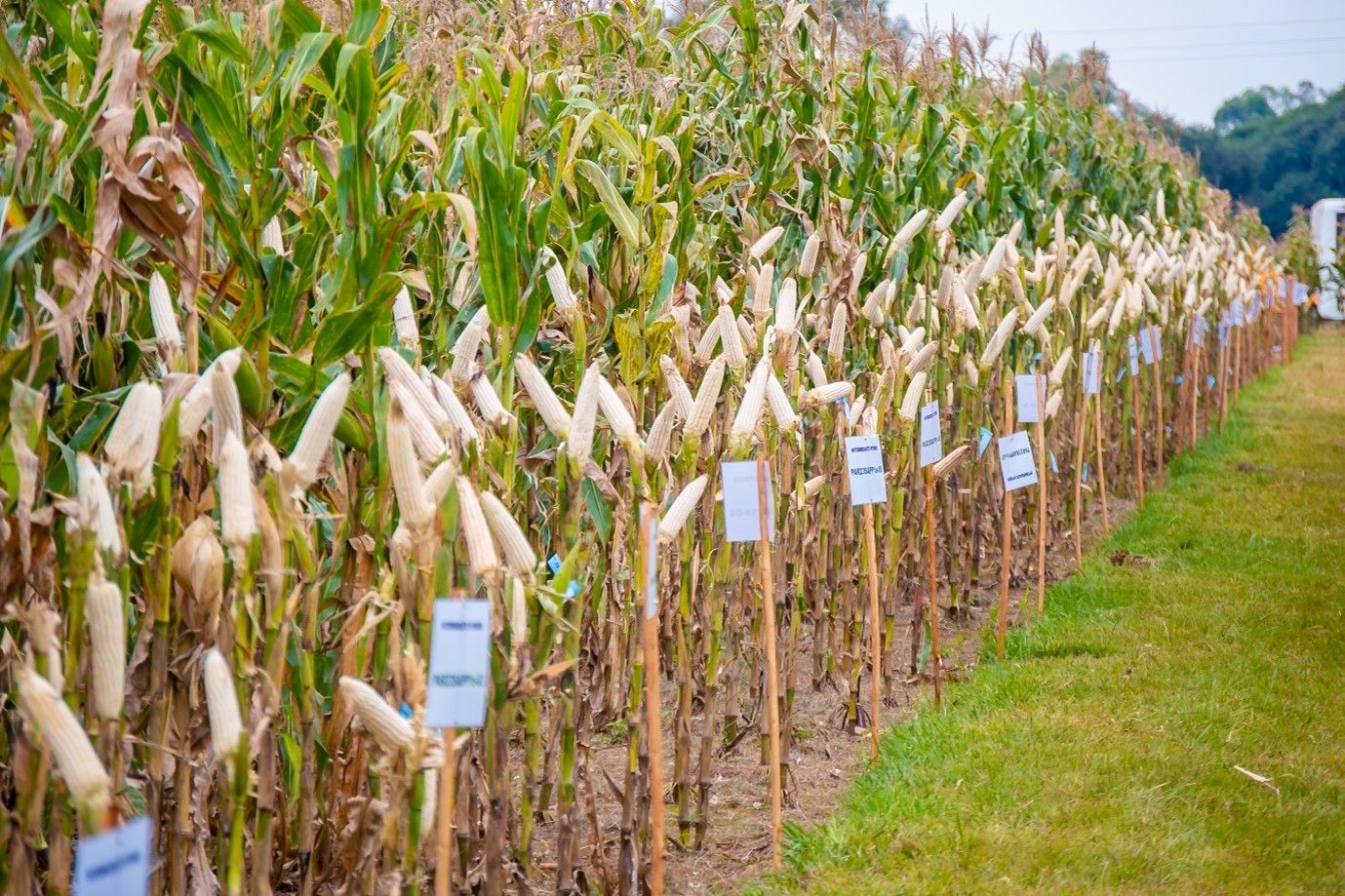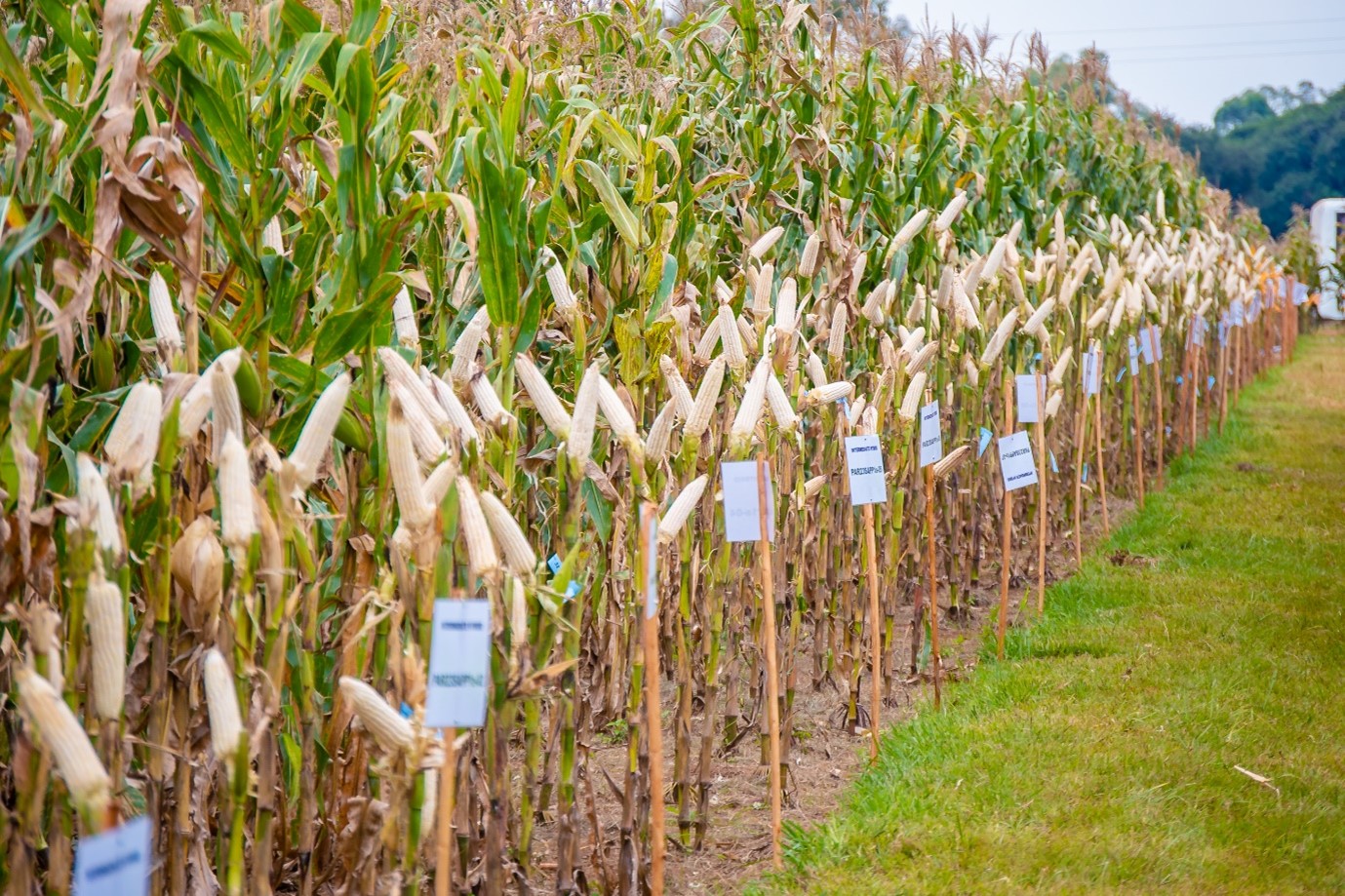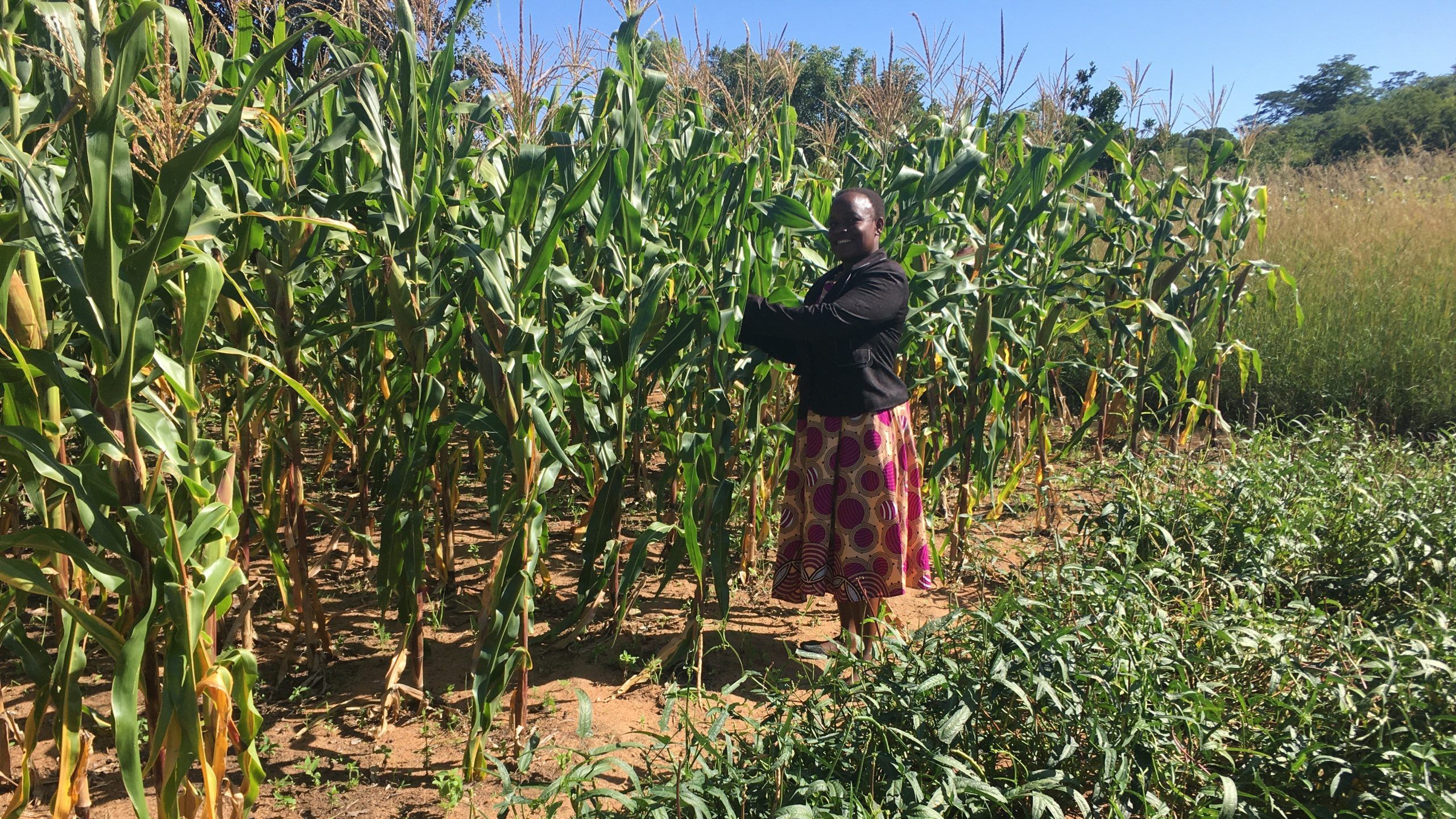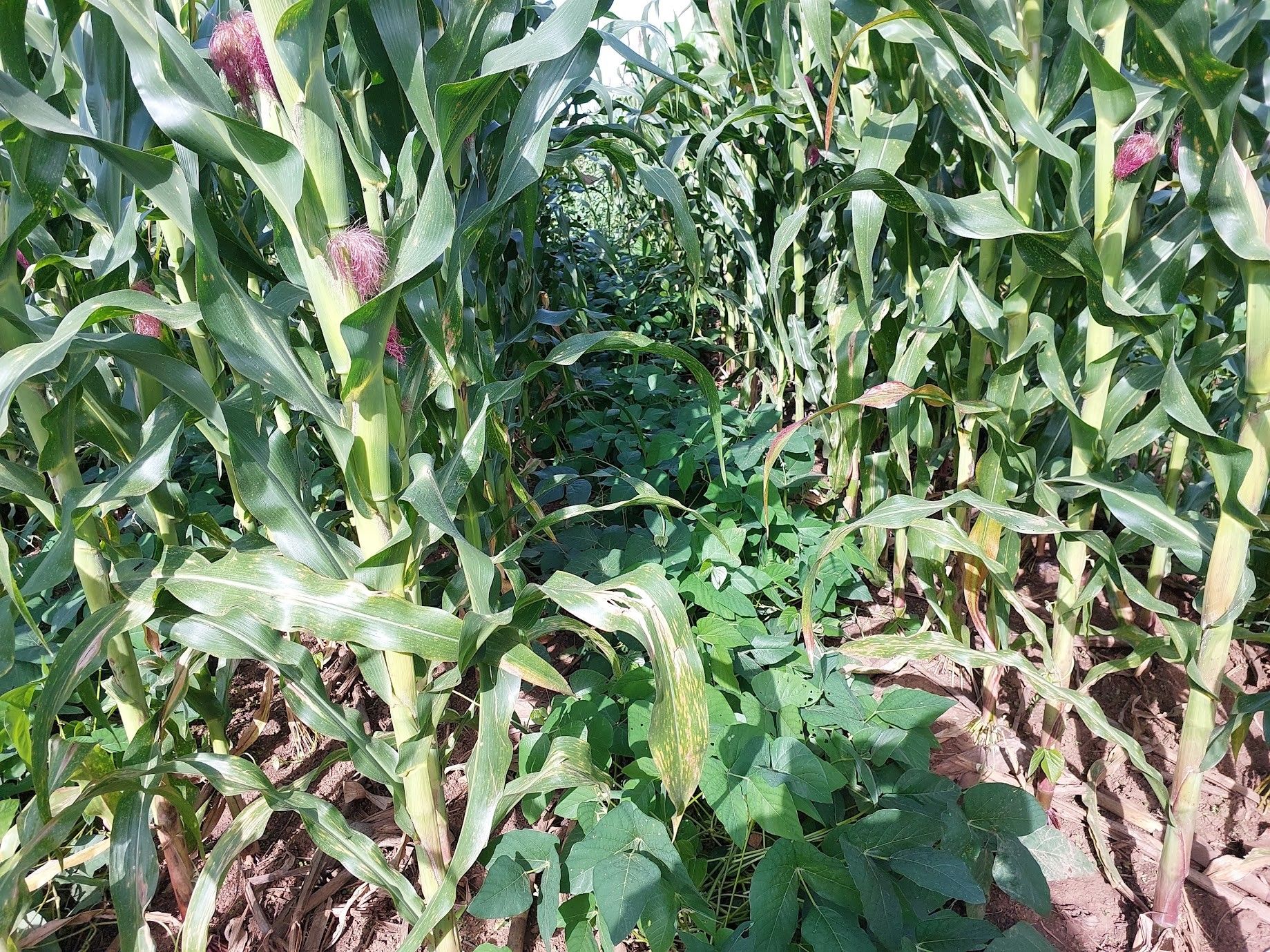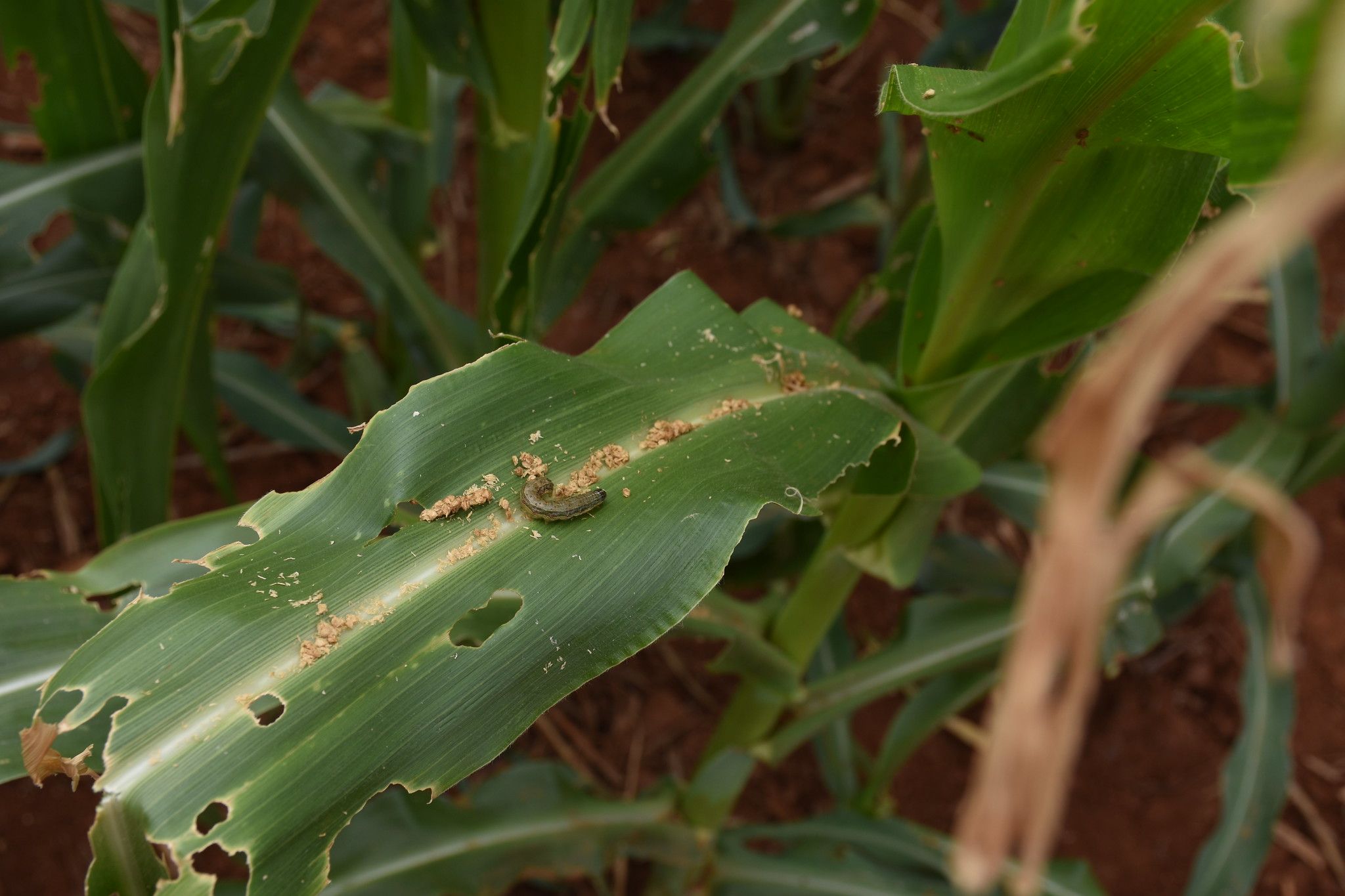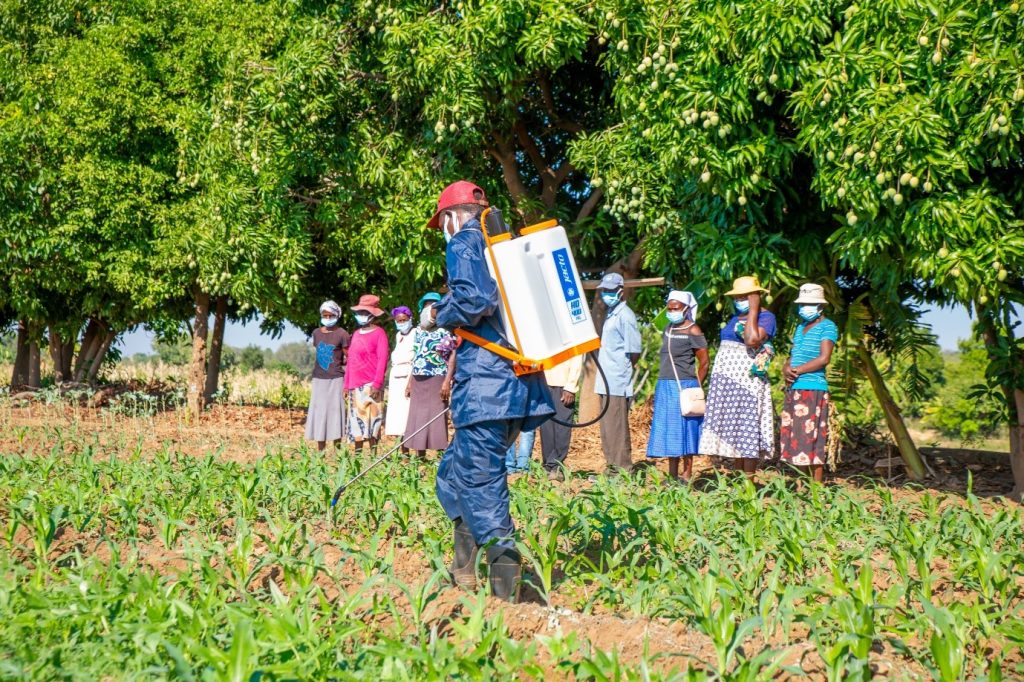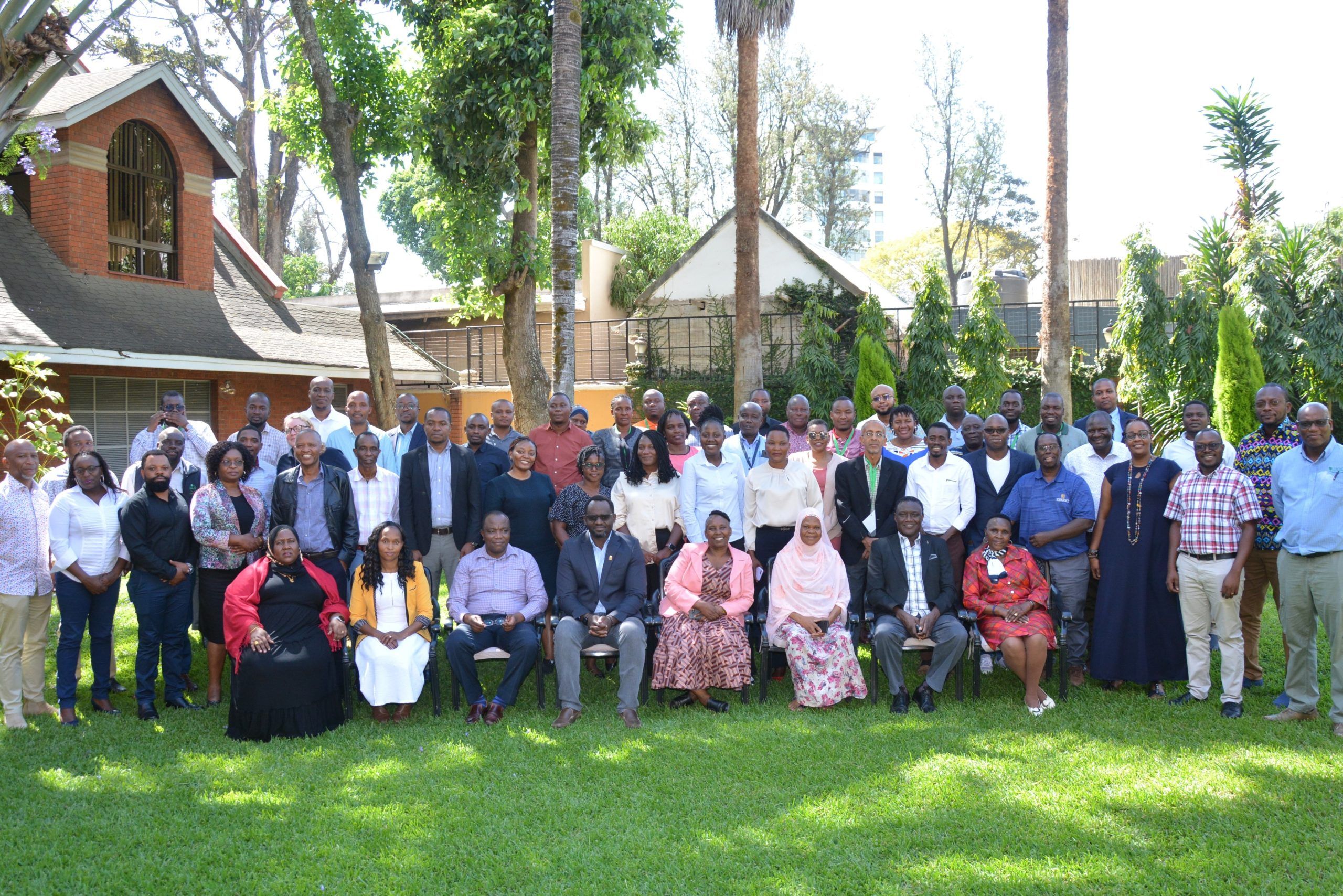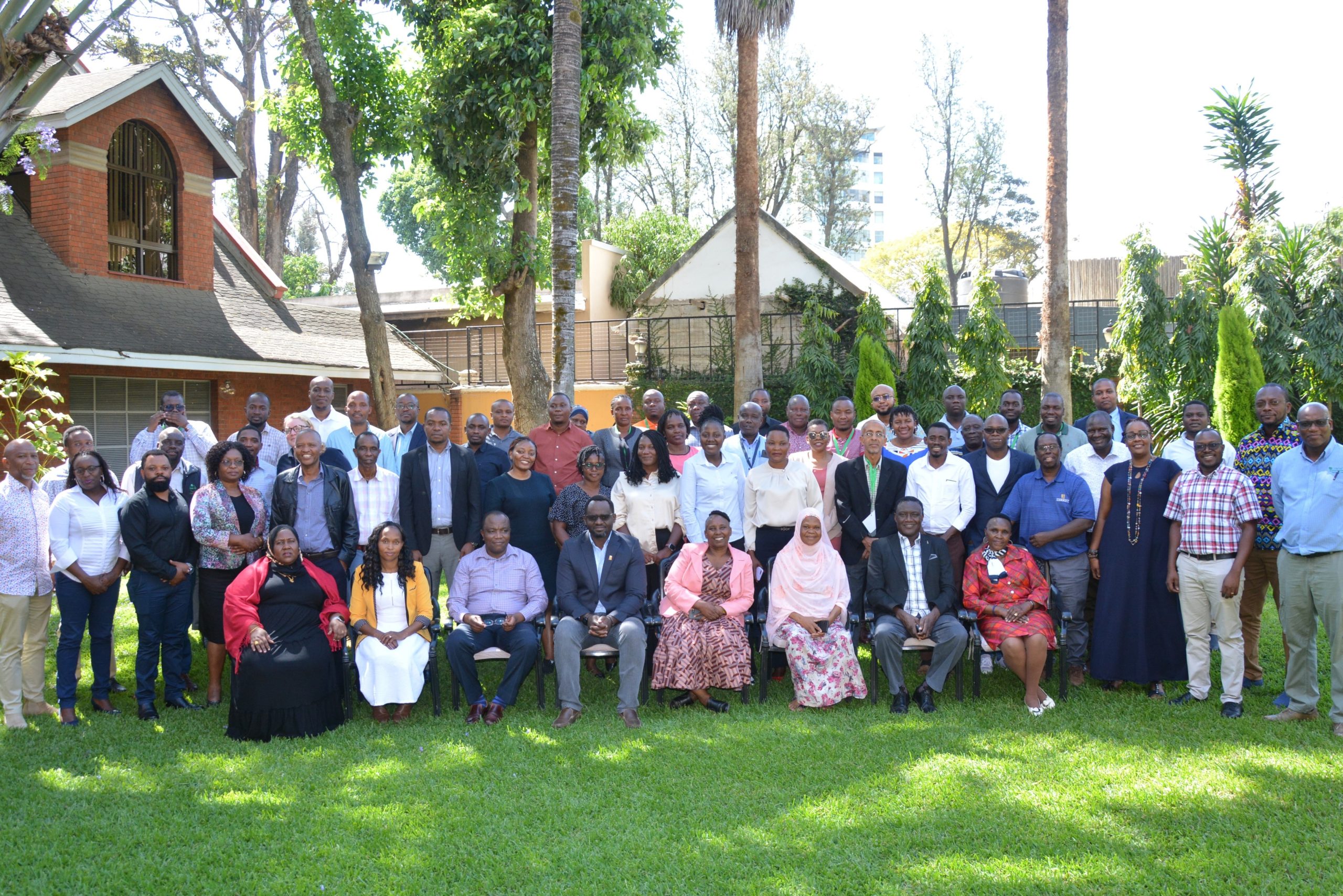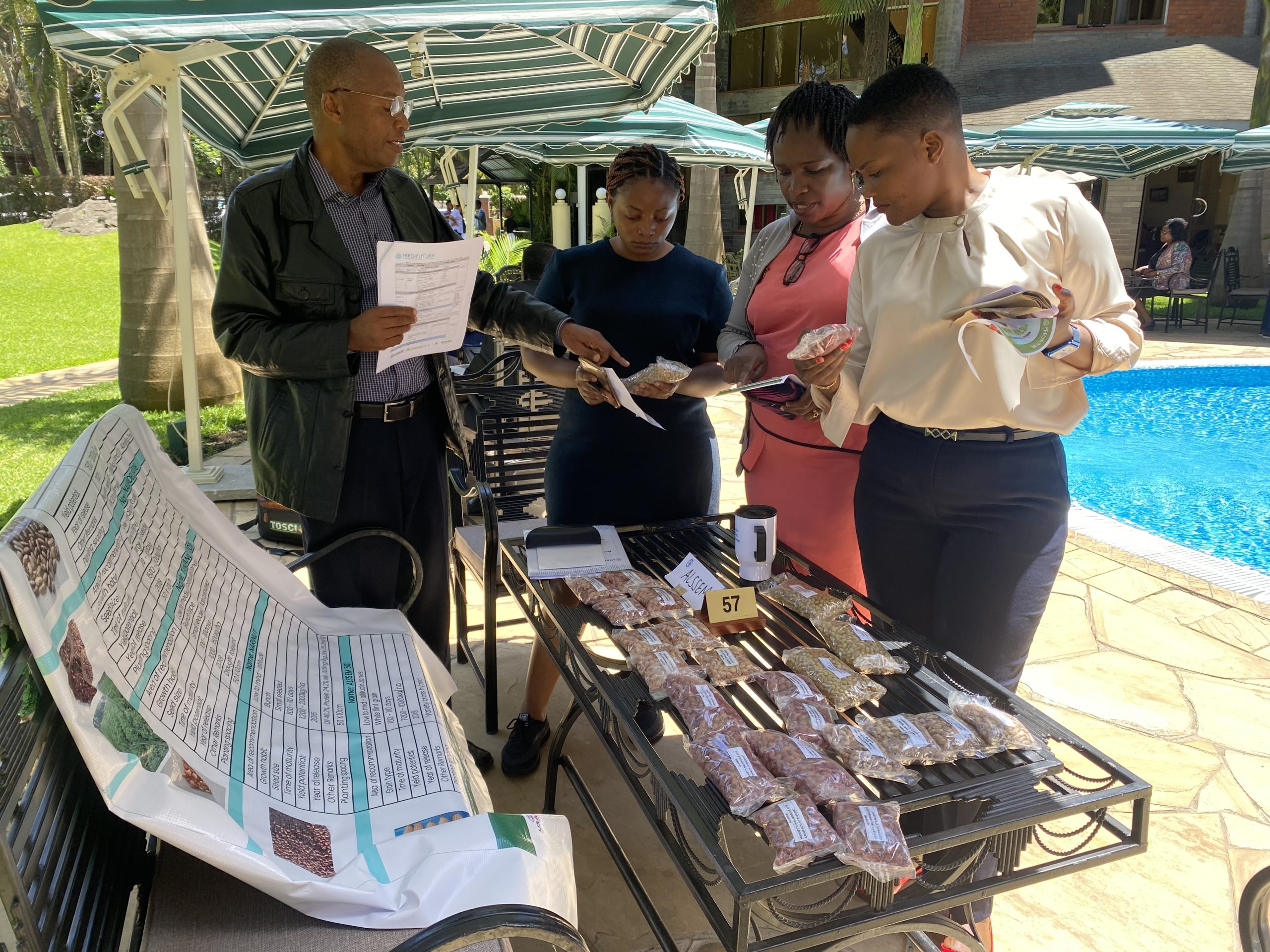Seeds of change: one woman’s mission to transform her community
In the heart of Itumbula village in the Songwe district of Tanzania lives Venansia Swale, a farmer, mother, and community champion, who is turning the tide against food insecurity through the power of quality seeds. Swale has taken on the role of promoting improved seed in her community after experiencing firsthand the benefits of growing sorghum on her own farm with different seed.
“As a mother of five children, my biggest challenge is food shortage, and sorghum is our staple food,” said Swale. “Normally, I would harvest 450 kg from my three-acre farm, which isn’t enough for my family’s needs and leaves little surplus for selling. However, using quality seed this season, I harvested 990 kg. I’ve seen the benefits–not only can I feed my children for a year, but I can also earn income from the surplus.”
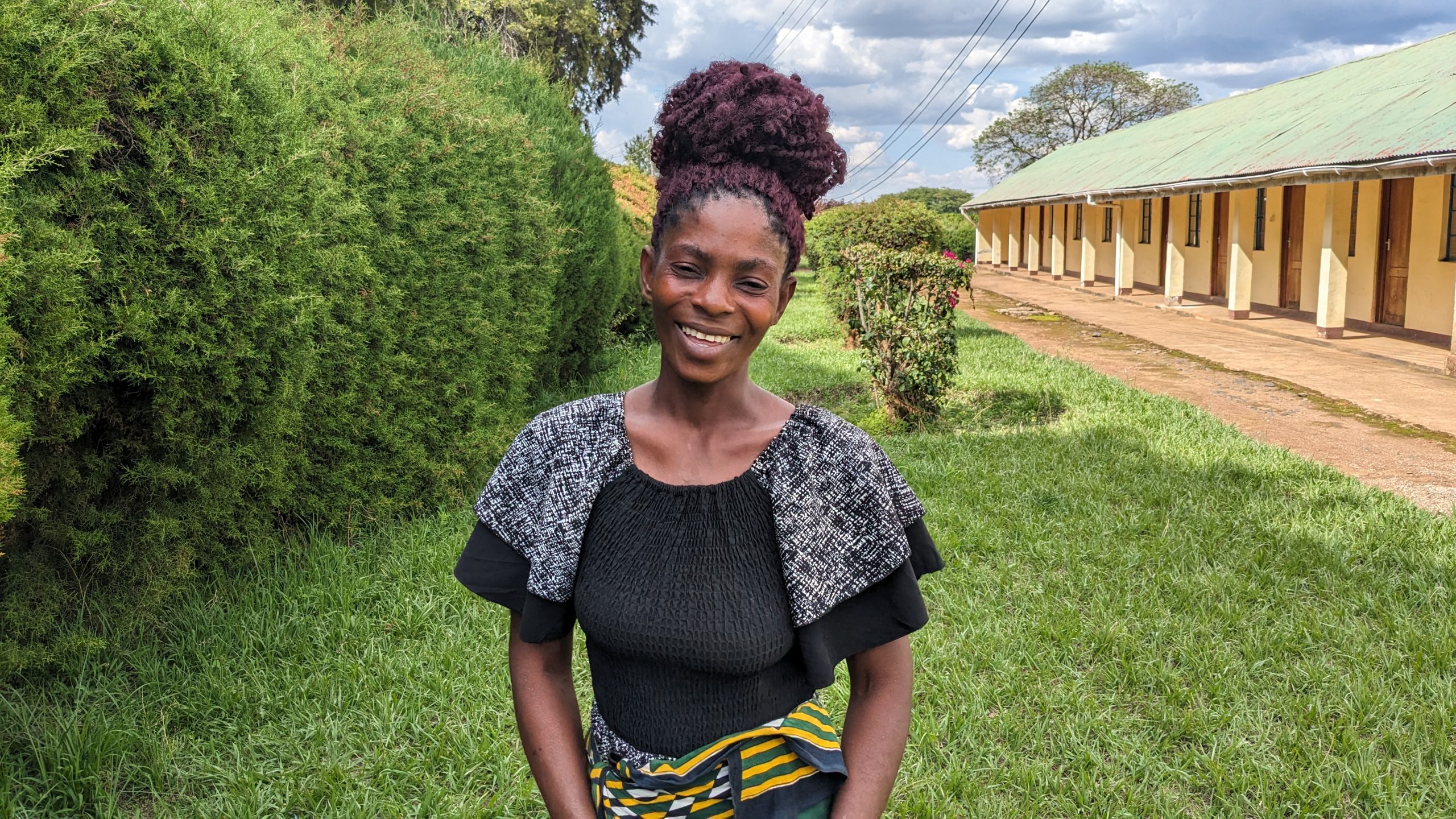
Swale’s efforts began to extend beyond her own farm as she championed demand creation and consolidation in her village of Itumbula. She successfully created a demand of 574 kg, becoming her community’s sole distributor of quality sorghum seed. In the 2022-2023 season, she facilitated the supply of 134 kg of quality sorghum seed and 50 kg of quality maize seed.
So far, she has reached 300 farmers in partnership with CIMMYT and the Tanzania Agricultural Research Institute (TARI), sparking a transformative movement. One local farmer said, “As a community, we have come together to embrace quality seed, and Venansia has been at the forefront of this movement. Her dedication has significantly impacted food security.”
Despite being pregnant during the 2022 “Kizazi cha Mabadiliko” (the generation that will bring change) campaign, Swale remained unwavering in her determination and passion. She exemplifies the success of the Social and Behaviour Change interventions implemented by the Centre for Behaviour Change and Communication (CBCC).
The “Kizazi Cha Mabadiliko” campaign was developed and launched by CBCC in the Mbozi and Momba districts of Tanzania, aiming to increase awareness of the benefits of improved seeds. It was also designed to challenge negative perceptions and enhance motivation for participating in agricultural activities. The campaign underscores the importance of using improved seeds as a foundational element for a prosperous future in agriculture. The strategic design of the campaign ensures the efficient distribution of behavior change tools and materials, further demonstrating its impact through Swale’s inspiring example.
Sprouting new opportunities
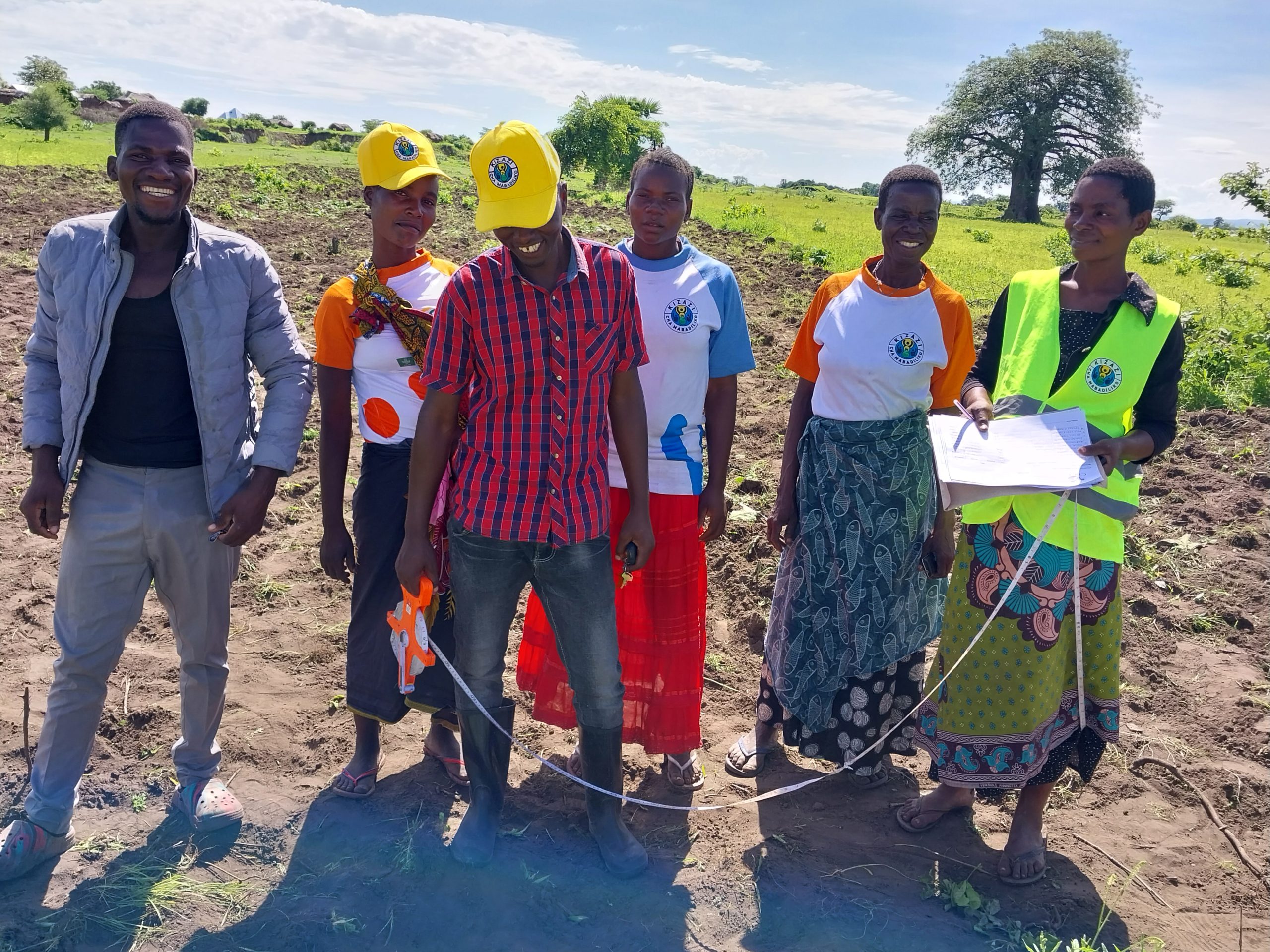
Despite her impressive achievements, Swale remains forward-thinking. The village extension officer notes that while farmers have adopted improved seeds, poor farming practices persist, impacting yields. Inspired and invigorated, Swale plans to revolutionize her farming practices in the upcoming season, aiming for an even more significant impact.
Besides her role as a community champion, Swale is a member of the Sifa choir in her church. Leveraging her influence, she convinced nine fellow choir members to join the intervention, where they established and managed sorghum demonstration plots in their locality. The performance of quality seed inspired the choir to enlist as seed producers, and they secured two acres of land for seed production in the 2023- 2024 season.
Venansia’s vision goes beyond her own farm; she plans to produce seeds as part of the choir group and individually, allocating an acre for seed production and two acres for grain production. Hers is a story of personal triumph, showing the impact one person can have on an entire village, and a testament to the transformative power of community-led initiatives.
“The seeds we plant today will grow into a better tomorrow for all of us,” asserts Swale.
